

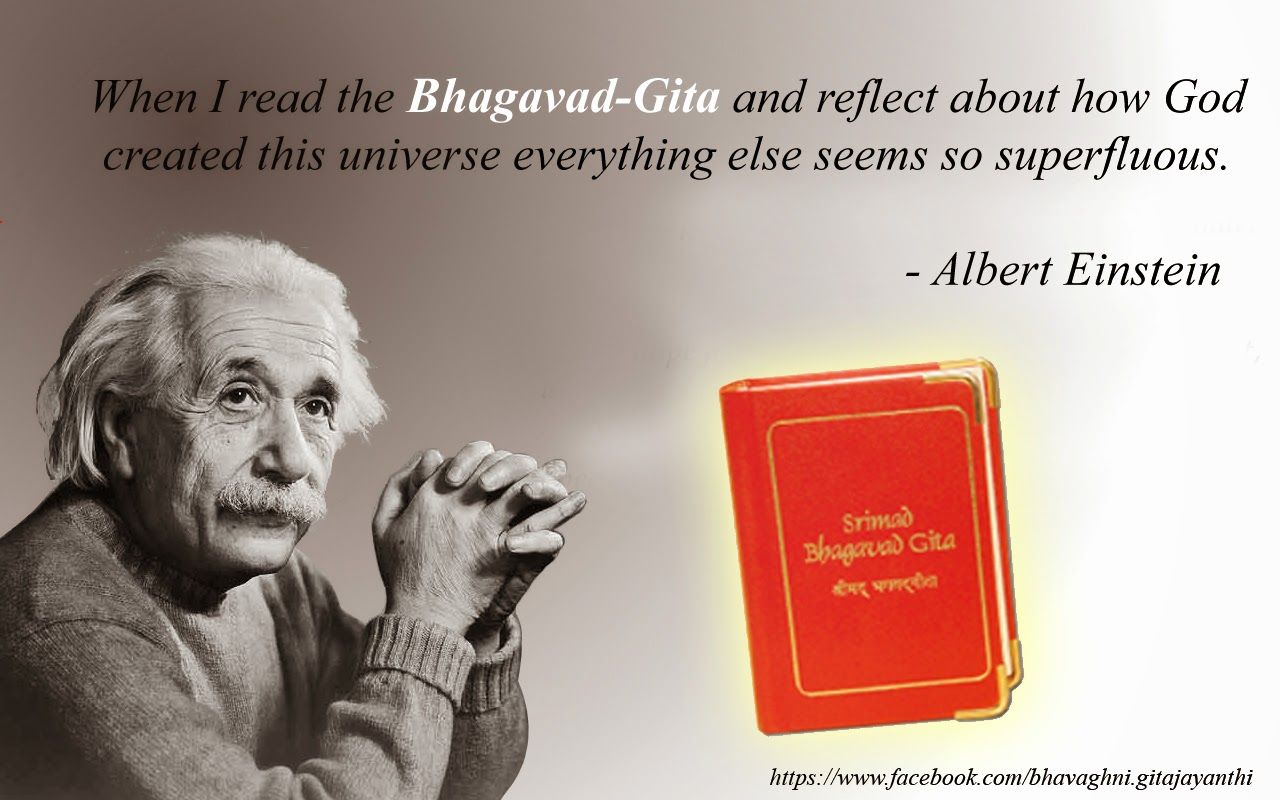
The Bhagavad Gita, an ancient Indian text, has gained praise from prominent scientists including Einstein, Oppenheimer, and Bohr. These physicists have recognized the spiritual and philosophical depth of the Gita, drawing parallels between its teachings and scientific exploration. From understanding the creation of the universe to contemplating the power of the mind, these scientists have found inspiration in this philosophical work.
Wisdom of the Gita: Insights from Scientists
The Bhagavad Gita, an ancient Indian scripture, has garnered admiration from renowned scientists throughout history. Albert Einstein, J. Robert Oppenheimer, and Niels Bohr, among others, have recognized the profound spiritual and philosophical insights it offers, drawing parallels between its teachings and scientific exploration.
Scientific Inspiration from the Gita
Einstein's Praise
Albert Einstein famously remarked, "When I read the Bhagavad Gita and reflect about how God created this universe everything else seems so superfluous." He appreciated the Gita's teachings on the unity of existence and the interconnectedness of all things.
Oppenheimer's Reflection
J. Robert Oppenheimer, the father of the atomic bomb, drew inspiration from the Gita's concept of duty (dharma). He said, "The Gita is for me a source of constant delight and wisdom."
Bohr's Insights
Niels Bohr, a pioneer in quantum physics, found solace in the Gita's teachings on the nature of reality. He noted, "The Bhagavad Gita is very helpful for our understanding of the philosophical problems."
Top 5 FAQs and Answers
Why are scientists drawn to the Gita?
What specific scientific concepts does the Gita address?
Did Einstein or Oppenheimer ever quote the Gita?
Is the Gita still relevant today?
Where can I find more information on this topic?
Conclusion
The wisdom of the Bhagavad Gita has found resonance among renowned scientists, inspiring them in their exploration of the fundamental nature of reality and human consciousness. Its teachings continue to provide profound insights into the interconnectedness of all things, the power of the human mind, and the ultimate purpose of existence.
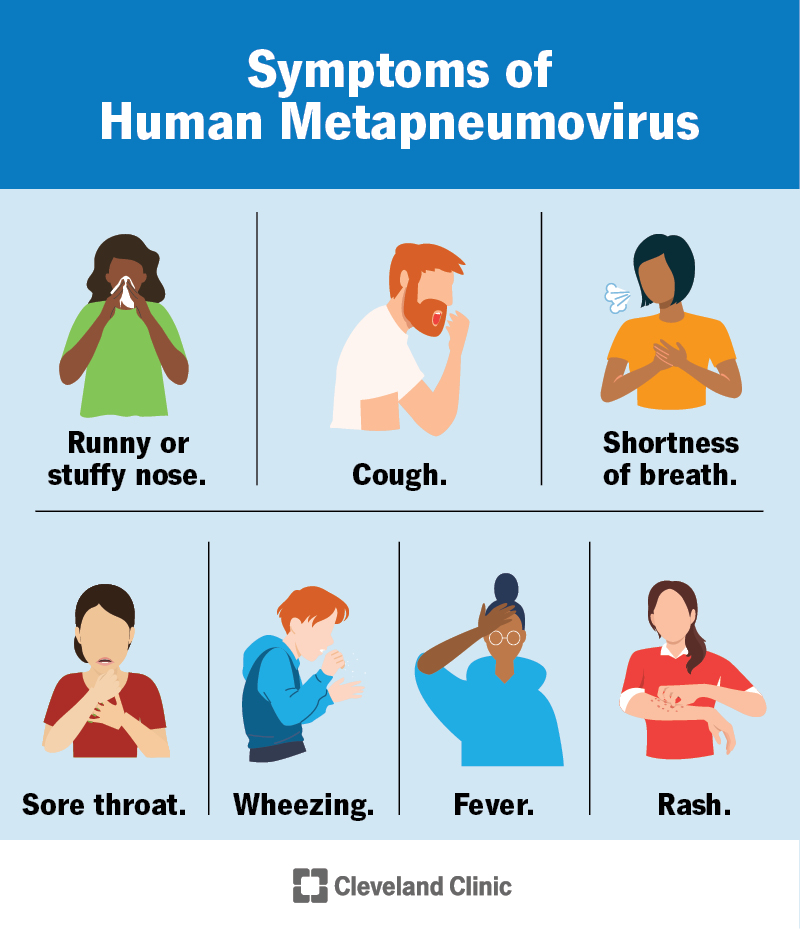
As China experiences an outbreak of Human Metapneumovirus, also known as HMPV, health officials in Telangana, India have issued a list of precautions for the public, despite no reported cases in the state. The respiratory virus, which primarily affects children, immunocompromised individuals, and the elderly, can lead to a wide range of symptoms, including mild cold-like illness and more serious respiratory conditions. However, the Indian health agency has assured that there is no cause for alarm and that the country does not need to worry at this time.
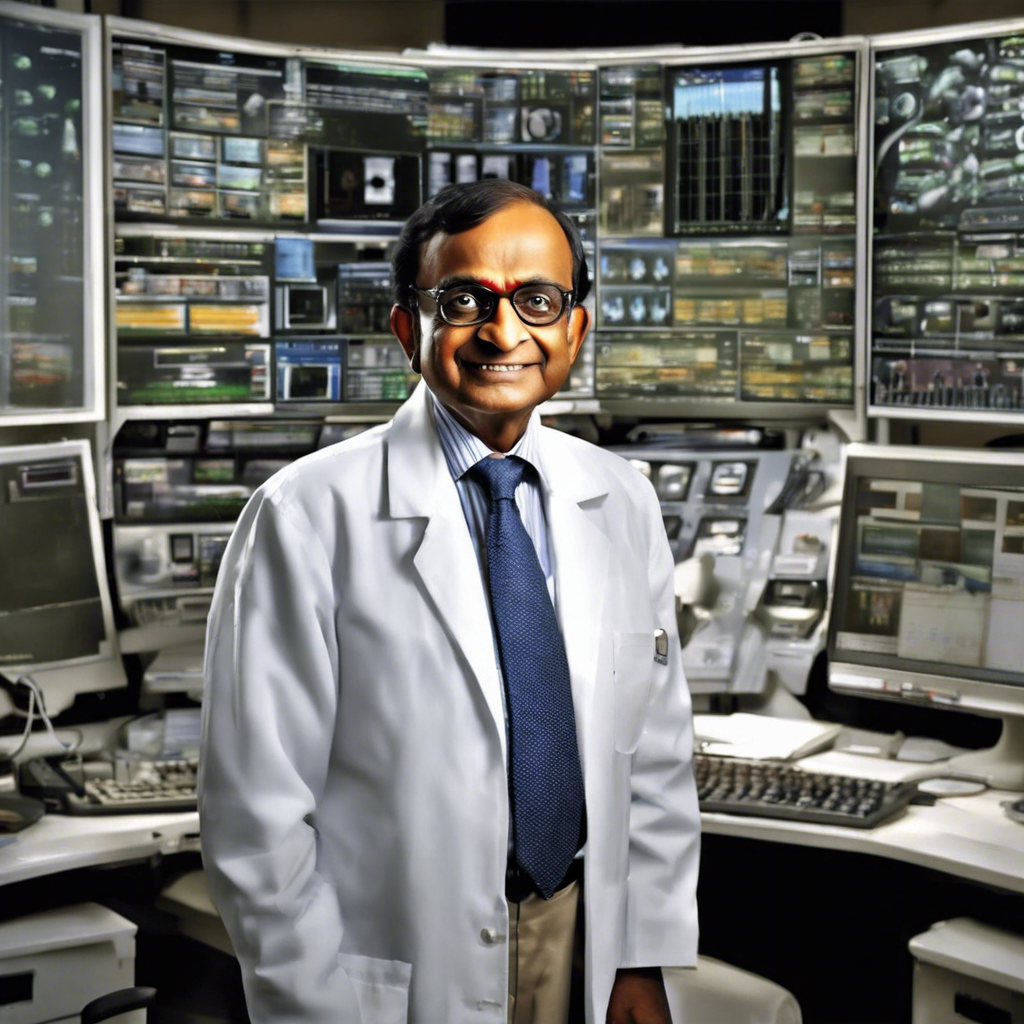
Renowned nuclear scientist and key figure in India's nuclear program, Dr. R Chidambaram, passed away at the age of 88. He was known for his contributions to nuclear research and played a significant role in India's nuclear tests and the country's civil nuclear agreement with the United States. His passing marks a significant loss for the scientific community and the country's progress in the field of nuclear technology.

The recent spread of a new virus, human metapneumovirus (HMPV), in China has sparked global concerns, with reports of increasing cases among children under 14. However, Indian health experts and the Union Ministry of Health and Family Welfare have dismissed the possibility of a widespread disruption. This is due to previous knowledge about HMPV and its similarity to respiratory syncytial virus (RSV), a common respiratory pathogen. While HMPV may be a trigger for asthma in infants, it is not as deadly as Covid-19 and there is no reason for alarm yet.

China's disease control authorities have launched pilot systems to monitor and report cases of Human Metapneumovirus (HMPV), which has been linked to a recent flu outbreak. As the country continues to battle this respiratory virus, the World Health Organization calls for transparency and cooperation in researching the origins of COVID-19 to better prevent and prepare for future epidemics. Experts warn that people with weak respiratory health and weakened immune systems, as well as young children and the elderly, are most at risk for HMPV and urge preventive measures such as frequent hand washing and wearing masks.
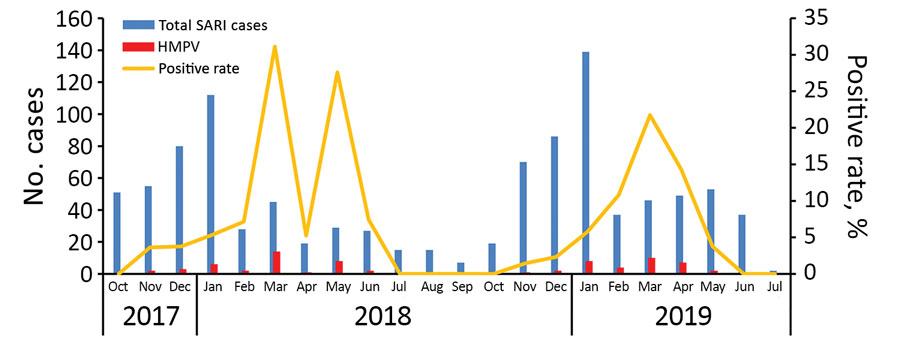
Amidst growing concerns over the coronavirus outbreak, China confirms an increase in cases of human metapneumovirus (HMPV) among children under 14 years old, especially in northern provinces. HMPV is a respiratory illness similar to the common cold, with symptoms including coughing, runny nose, and sore throat. Health officials are urging the public not to blindly use antiviral drugs to fight HMPV, as there is currently no vaccine against the virus. Antibiotics may be prescribed in extreme cases where HMPV has caused pneumonia and a secondary bacterial infection.
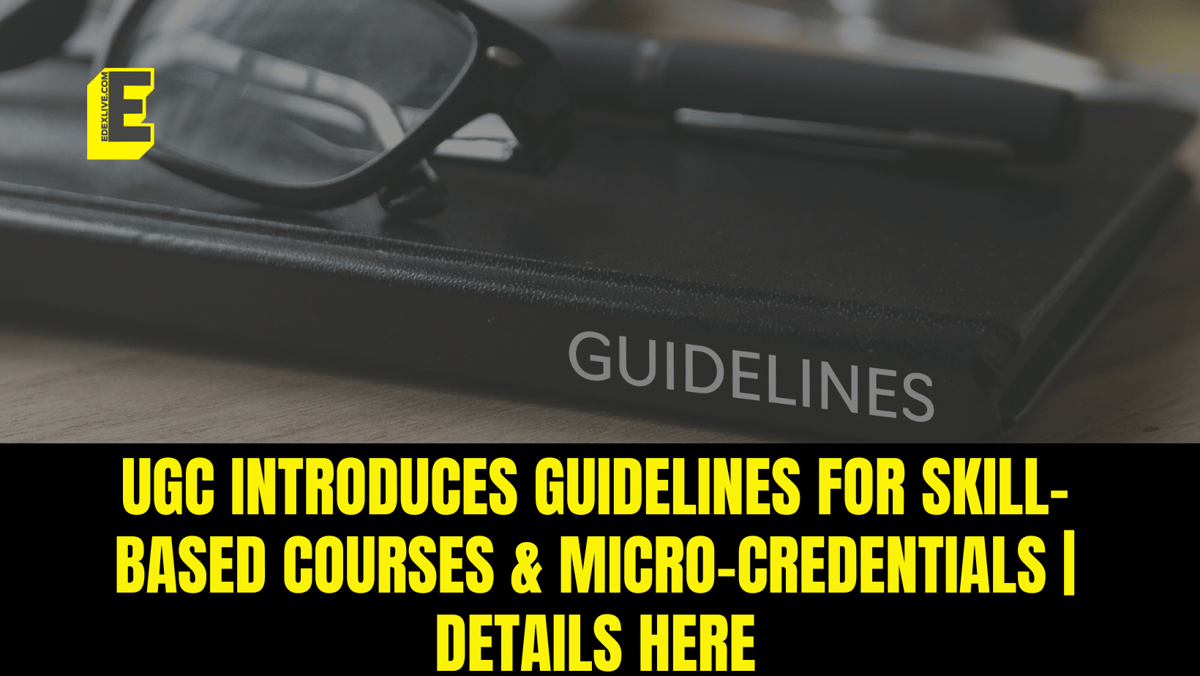
The University Grants Commission (UGC) has announced draft guidelines for introducing skill-based courses and micro-credentials in higher education institutions, aligning with the objectives of the National Education Policy 2020. These courses, including emerging fields such as data analytics and AI, aim to enhance students' employability and support economic growth through a qualified workforce. Feedback on the guidelines will be accepted for the next 30 days, giving students and educators a chance to provide their input.
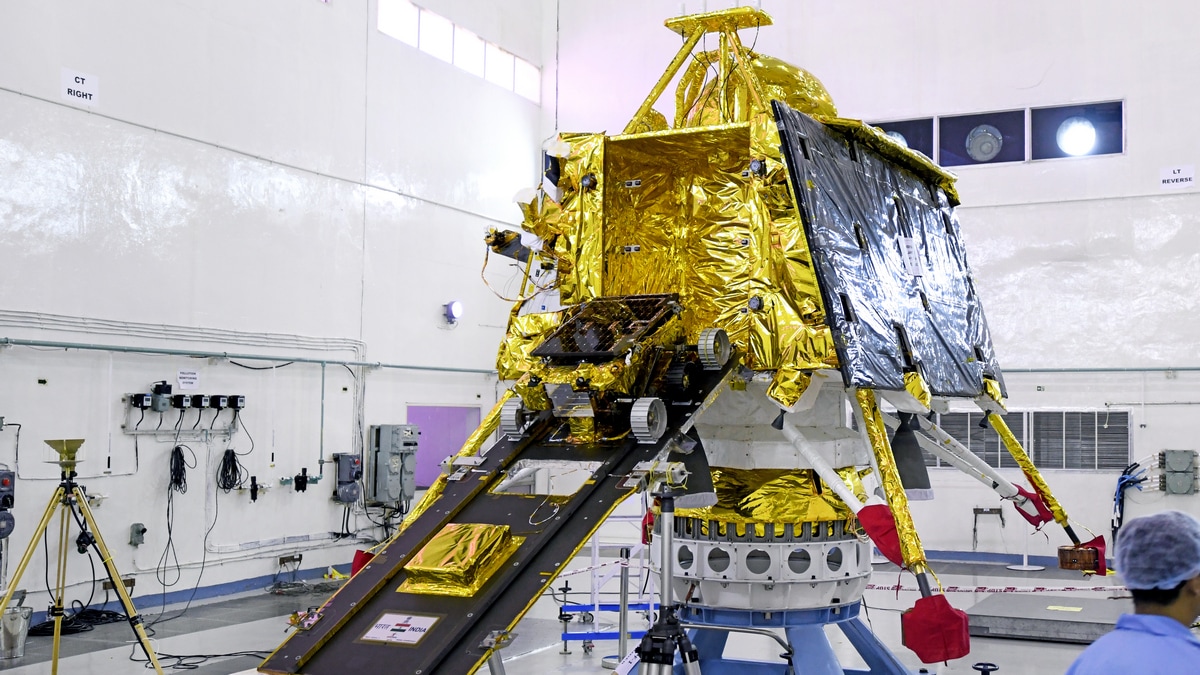
Indian Space Research Organisation (ISRO) has successfully placed two satellites, weighing 220kg, into a circular orbit of 475 km for a crucial space docking technology demonstration. This mission also included the launch of POEM-4 with 24 payloads from startups, industries, and academia. Scientist S Somanath stated that the docking process is expected to take place on January 7, after operations at ISTRAC Bengaluru from December 31. This mission is a major step towards future space missions for India.

The Indian Space Research Organisation (ISRO) launched the PSLV C60 mission on Monday night, marking a historic moment for the country's space exploration. The mission involved the launch of two spacecraft, which will demonstrate India's capabilities in orbital docking- a crucial technology for future human spaceflight and satellite servicing missions. With this achievement, India joins an elite group of countries with this technology, furthering the country's ambitions to send humans to the Moon and establish its own space station.

India's ISRO launched its Polar Satellite Launch Vehicle (PSLV-C50) carrying two spacecraft, Spacecraft A and B, to test key technologies for the future establishment of a space station. This mission is a precursor to ISRO's goal of setting up its own space station by 2035 and will aid in space docking, satellite servicing, and future interplanetary missions. The successful launch marks another milestone for India's growing space program.

A new western disturbance is expected to affect the state of Rajasthan, bringing in light to moderate rain and hailstorms on Thursday. The India Meteorological Department (IMD) has predicted this system to also bring snowfall in the Himalayan region. North India continues to face severe cold wave conditions, with some states experiencing temperatures as low as -10.6 degrees Celsius. However, some relief may be in sight for Rajasthan with these weather changes.